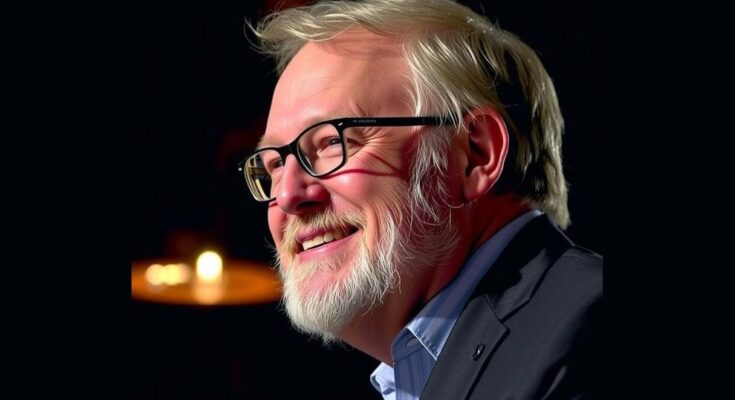Tim Walz has returned to Minnesota following a defeat in the national election alongside Kamala Harris. Despite his brief rise in national visibility, his campaign included both successes and missteps. The political landscape in Minnesota is evolving, with implications for the Democratic Party’s power and Walz’s future in governance as he completes his current term until 2027.
Tim Walz has concluded his brief tenure on the national stage following the recent election loss alongside Vice President Kamala Harris. In her concession speech, Harris acknowledged Walz’s contributions, stating, “To Governor Walz and the Walz family: I know your service to our nation will continue.” Despite returning to St. Paul, Minnesota, where he remains Governor for another two years, the political climate may become more challenging for his party. Walz’s unexpected journey as a vice-presidential nominee for Harris was marked by notable successes, such as addressing the Democratic National Convention, and missteps, including controversial remarks during the vice-presidential debate. Harris’s campaign strategy included utilizing Walz’s background as a veteran and educator to connect with diverse groups. However, selecting him over more recognized figures raised eyebrows, particularly within critical battleground states essential for Democratic success. The electoral landscape remains troubling for Democrats, as states like Pennsylvania and Arizona appear to be swinging towards Republican interests, complicating Walz’s future and the party’s dominance in Minnesota. While Governor Walz’s current term extends to 2027, uncertainty lingers about his reelection bid. The Democratic Party, having controlled both legislative chambers since 2022, could face setbacks as electoral outcomes unfold, impacting Walz’s ability to advance progressive initiatives. Amidst this turmoil, his lieutenant governor, Peggy Flanagan, gained national attention, particularly in light of her potential to make history as the first Indigenous woman in Minnesota’s gubernatorial office had Walz won. Overall, Walz’s return to state politics may not only redefine his trajectory but also reflect the broader implications of the recent elections on Democratic governance in Minnesota.
This article examines the recent political developments concerning Governor Tim Walz of Minnesota following his electoral defeat as Vice President Kamala Harris’s running mate. It highlights the implications of Walz’s short-lived national presence, outlining both the successes and challenges he faced on the campaign trail. This context is essential to understanding how the electoral outcomes may reshape legislative dynamics within Minnesota and influence the Democratic Party’s future in both state and national politics.
In summary, Tim Walz’s return to Minnesota post-election loss signifies a potential recalibration of his political endeavors while also underscoring the shifting dynamics within the Democratic Party in the state. The impact of the electoral results could affect governance and policy-making moving forward. As Walz navigates his remaining term, the political landscape will be closely observed in light of state-level decisions and future electoral contests.
Original Source: www.usatoday.com




